Venture beyond the average garden snake and delve into the realm of reptilian behemoths. These massive snakes, found in diverse habitats from rainforests to rivers, inspire both awe and trepidation. These colossal creatures are not only remarkably long but also possess considerable weight and surprising agility in the water. This list unveils ten of the largest snake species on our planet, detailing their characteristics and native environments.
This subspecies of the African rock python averages between 11 and 16.5 feet (3.5–4.2 meters) in length. Adaptable to drier conditions and rocky landscapes, it thrives in the savannas and woodlands of Southern Africa.
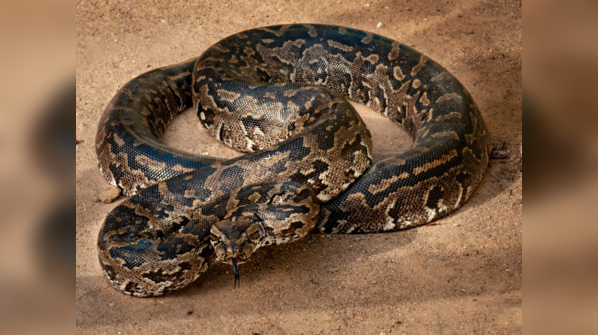
The yellow anaconda, residing in the slow-moving rivers and wetlands of South America, typically reaches lengths of 10–13 feet (3–4 meters). Though smaller than its green counterpart, it remains a formidable aquatic predator.
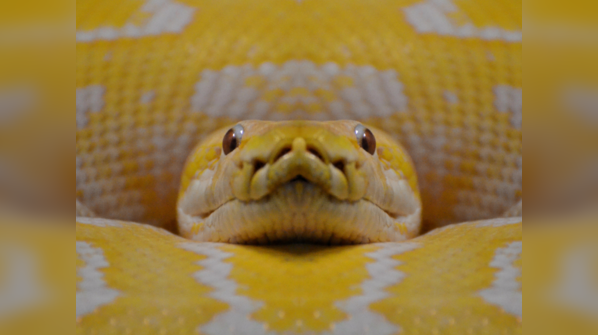
The boa constrictor, commonly found throughout tropical South and Central America, measures between 10 and 13 feet (3 to 4 meters), with some individuals attaining lengths of up to 18 feet. These powerful snakes are known for their docile nature and inhabit both forests and semi-arid regions.
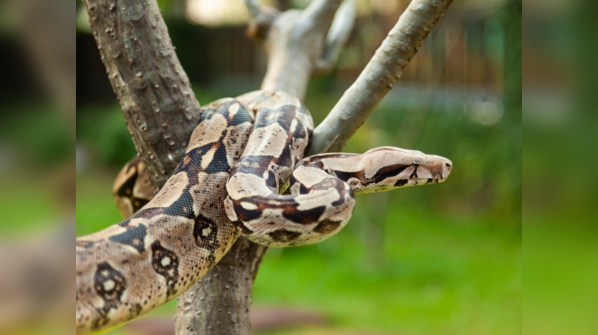
The king cobra, the world's longest venomous snake, can grow to an impressive 18 feet (5.5 meters). Native to the forests of India and Southeast Asia, this species is revered for its intelligence, distinctive hood, and potent venom.
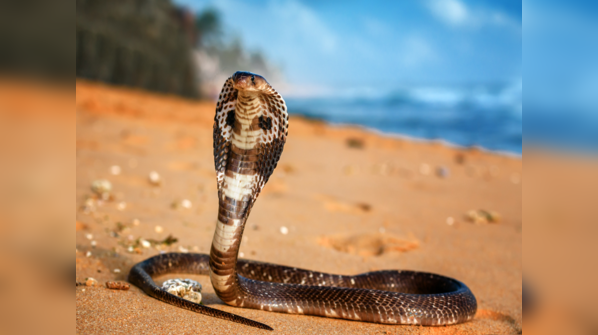
The green anaconda reigns as the largest snake on Earth, dwelling in the rivers and swamps of the Amazon Basin. Reaching lengths of up to 33 feet (10.6 meters) and weighing as much as 227 kilograms, it is a true giant among snakes.
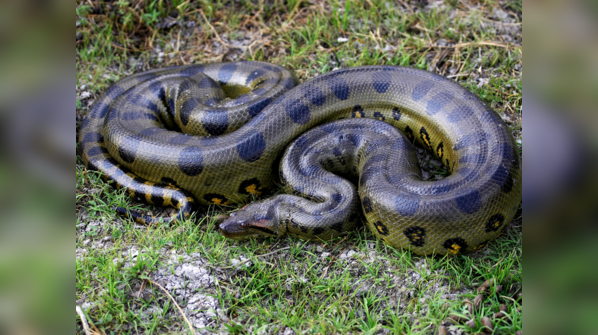
The reticulated python, indigenous to Southeast Asia, stands as the longest snake species. It commonly exceeds 20 feet (6.09 meters) in length, with some specimens approaching 33 feet (10 meters). Its slender build and intricate patterns contribute to its striking, yet intimidating appearance.
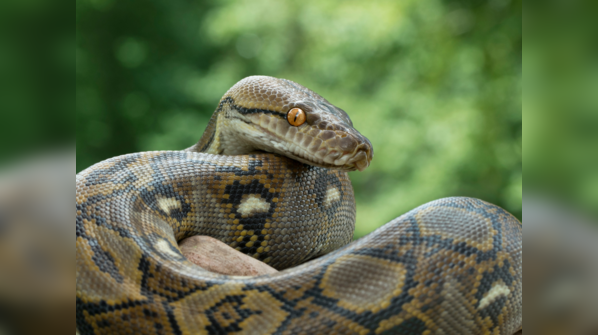
The amethystine python, found in Indonesia, Papua New Guinea, and northern Australia, can reach lengths of 18-28 feet (8.5 meters), although it is usually shorter. This non-venomous species is named for the iridescent, amethyst-like sheen of its scales.
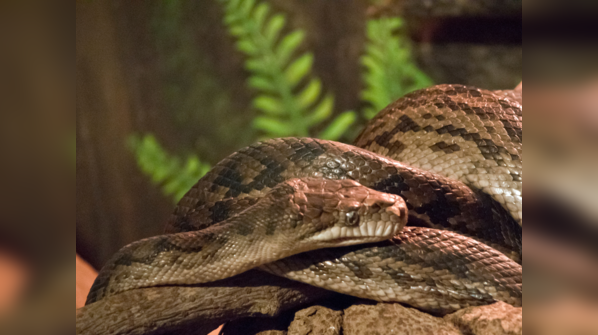
This giant snake, native to Southeast Asia, typically measures between 16 and 20 feet (5–5.8 meters) in length. Inhabiting forests and marshes, the Burmese python is recognized for its considerable size and generally docile temperament, although it has become an invasive species in certain regions of the United States.
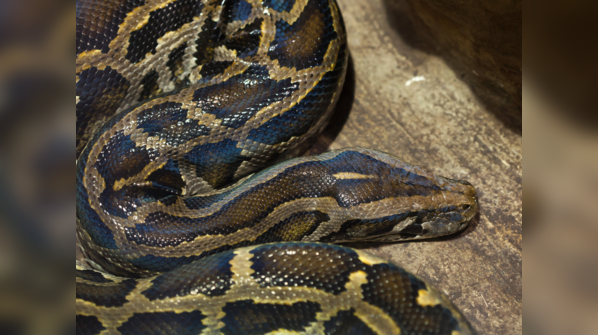
Africa's largest snake, the African rock python, can exceed 16 feet (6 meters) in length and is found throughout sub-Saharan Africa. Known for its power and ferocity, it is capable of preying on large animals such as antelopes, establishing its place among the world's strongest constrictors.
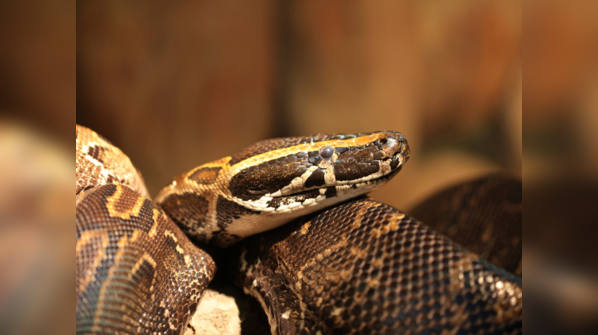
Also known as the Indian rock python, this snake can attain lengths of up to 20 feet (6 meters), although most individuals measure around 13–16 feet. It occupies forests and swamps across the Indian subcontinent. While non-venomous, the Indian python is a remarkably powerful constrictor.
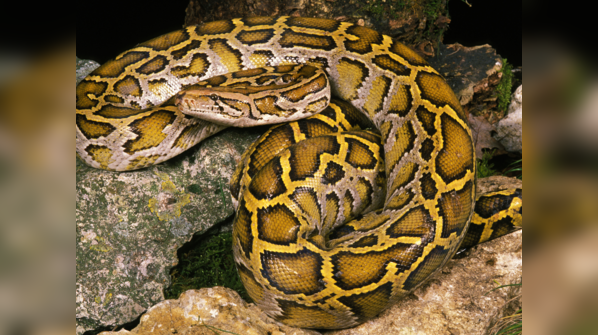
Newer articles
Older articles
 Team India Settles in Birmingham: Rahul's Mattress, Coaches' Strolls, and the Enduring Coffee Ritual
Team India Settles in Birmingham: Rahul's Mattress, Coaches' Strolls, and the Enduring Coffee Ritual
 Android Users Urged to Patch Devices Immediately Following Critical Security Flaws Alert
Android Users Urged to Patch Devices Immediately Following Critical Security Flaws Alert
 Ashada Gupt Navratri 2025: Dates, Auspicious Timings, and Esoteric Significance Explained
Ashada Gupt Navratri 2025: Dates, Auspicious Timings, and Esoteric Significance Explained
 JPG to PDF: A Graphic Designer's Guide to Conversion & Best Practices
JPG to PDF: A Graphic Designer's Guide to Conversion & Best Practices
 Skin Cancer Alert: How to Identify Suspicious Moles and Early Warning Signs
Skin Cancer Alert: How to Identify Suspicious Moles and Early Warning Signs
 IRCTC's AskDisha 2.0: AI Chatbot Streamlines Train Ticket Booking, Refunds, and Travel Information
IRCTC's AskDisha 2.0: AI Chatbot Streamlines Train Ticket Booking, Refunds, and Travel Information
 The stat that could swing every NBA team's 2025-26 season
The stat that could swing every NBA team's 2025-26 season
 Bollywood's Mythological Muse: How Indian Epics Inspire Cinematic Storytelling
Bollywood's Mythological Muse: How Indian Epics Inspire Cinematic Storytelling
 Bollywood Flashback: Jackie Shroff Accused of Untoward Advance on Young Tabu at Danny Denzongpa's Party
Bollywood Flashback: Jackie Shroff Accused of Untoward Advance on Young Tabu at Danny Denzongpa's Party
 Popular Finance YouTuber's Account Hacked: Bitcoin Scam Alert and Security Tips
Popular Finance YouTuber's Account Hacked: Bitcoin Scam Alert and Security Tips